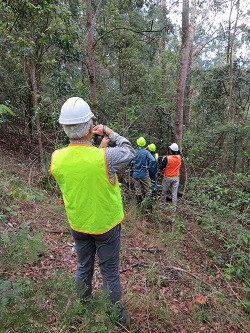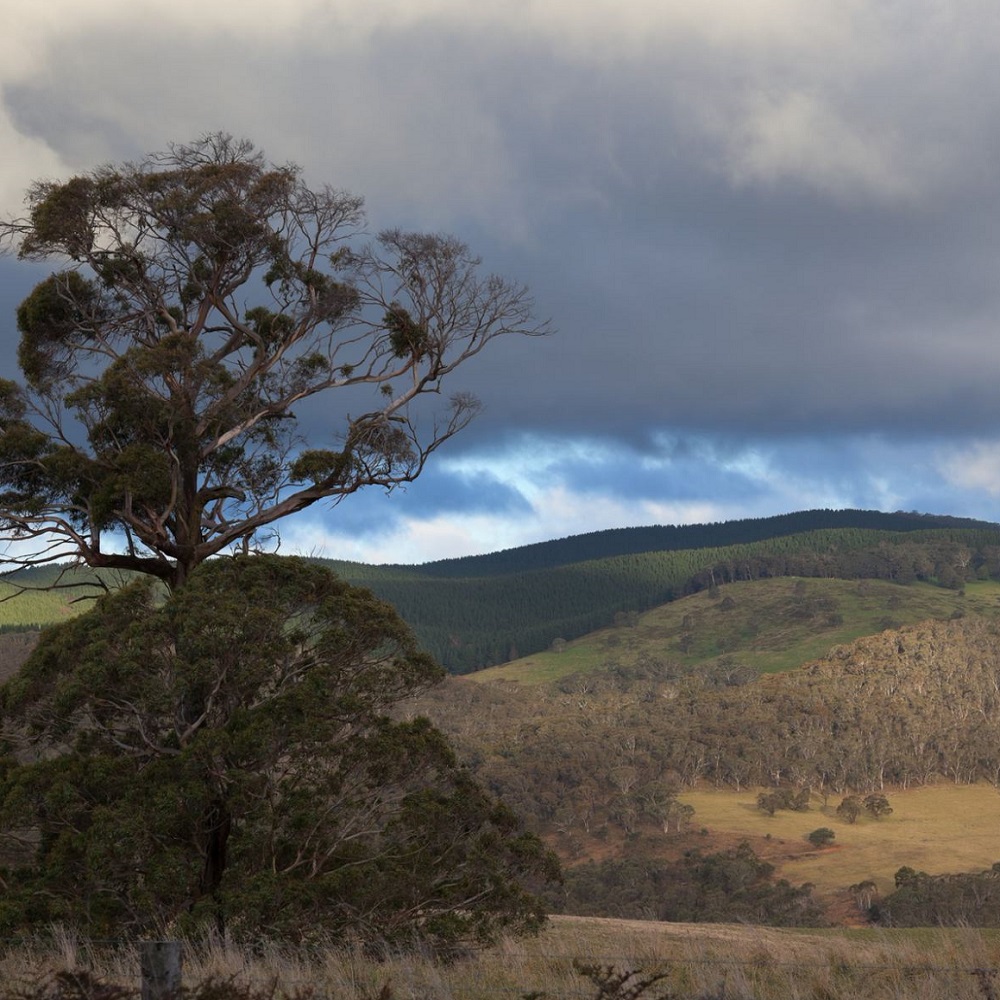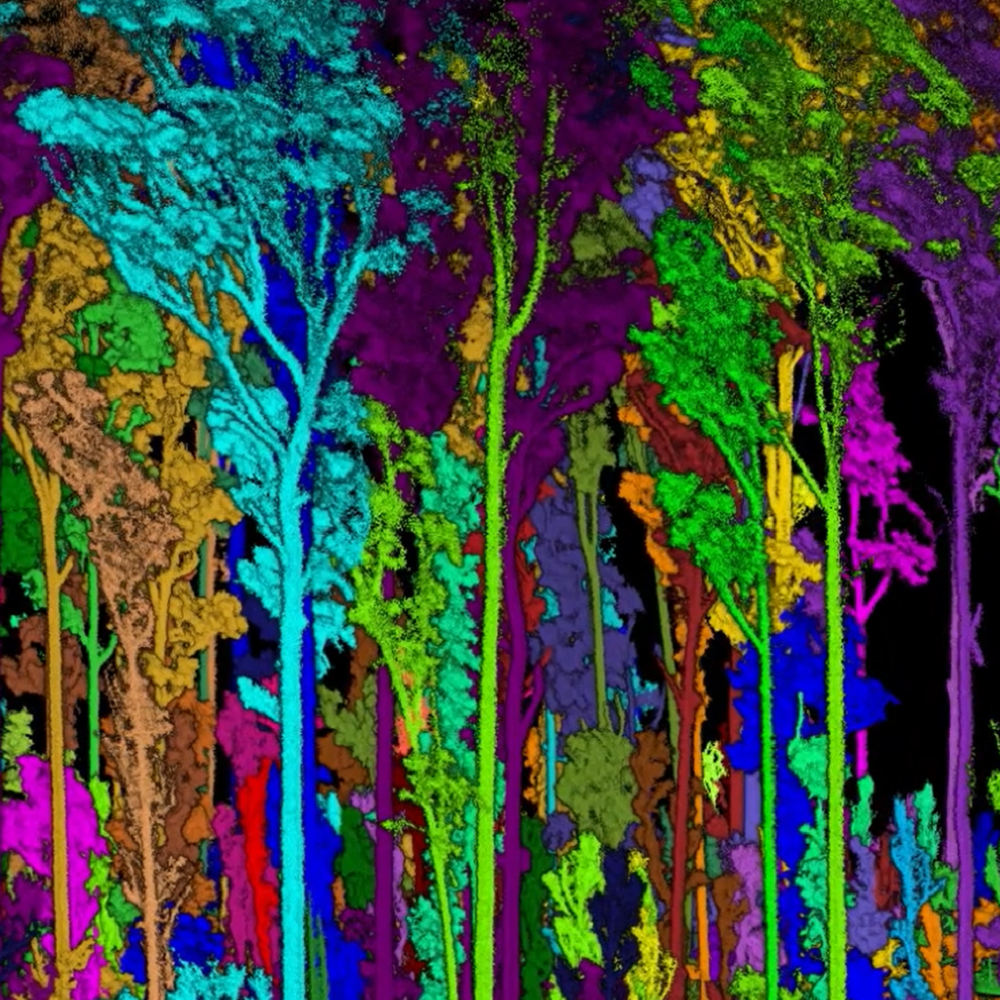Forest Monitoring and Improvement Program
Forest management in NSW aims to achieve ecological, social, cultural and economic outcomes for the people of NSW. We independently oversee the NSW Forest Monitoring and Improvement Program to improve the evidence-base for forest management.
We chair the NSW Forest Monitoring Steering Committee to oversee the design, implementation and continuous improvement of the program. The Committee includes independent scientific experts and NSW agencies responsible for forest policy, management, science and regulation. We report to relevant Ministers responsible for these functions.
Funding for cross-tenure monitoring ceased in Financial Year 2022. Program oversight is now focused on production forests across private and public land.
Forest research notes
Click here to view forest research notes.
Peer reviewed science papers
Researchers are encouraged to publish research funded under programs overseen by the Commission in peer-review scientific journals. This list will be updated as articles are published in journals.
- Gibson, R.K. et.al. (2022) The post-fire stability index; a new approach to monitoring post-fire recovery by satellite imagery. Remote Sensing of Environment, Vol 280 113151
- Gibson R.K., Hislop, S. (2022) Signs of resilience in resprouting Eucalyptus forests, but areas of concern: One year of post-fire recovery from Australia’s Black Summer of 2019–2020. International Journal of Wildland Fire 31, 545-557.
- Gonsalves, L. et. al. (2024) Landscape- scale monitoring for forest fauna is achievable: a case study using remote sensors, artificial intelligence and robust analytics. Australian Zoologist 43 (4): 526-544.
- Guo, D. et.al. (2023) How does wildfire and climate variability and climate variability affect streamflow in forested catchments? A regional study in eastern Australia. Journal of Hydrology 625 (2023) 1299979.
- Guo, D. et.al. (2024) Region-scale decline in streamflow across New South Wales catchments. Australasian Journal of Water Resources, 1-15.
- Law, B.S. et.al. (2022) Fire severity and its local extent are key to assessing impact of Australian mega-fires on koala (Phascolarctos cinereus) density. Global Ecology and Biogeography. Vol 31 (4), 414-726.
- Law, B.S et.al. (2022) Regulated timber harvesting does not reduce koala density in north-east forests of New South Wales. Scientific Reports 12, 3968.
- Law, B.S et.al. (2024) Broad-scale acoustic monitoring of koala populations suggests metapopulation stability, but varying bellow rate, in the face of major disturbances and climate extremes. Ecology and Evolution, 14e11351.
Insights for NSW forest outcomes and management
- Insights for NSW forest outcomes and management (November 2022)
In November 2022, we delivered a report to the NSW Government synthesising program findings and recommended actions to improve forest management and outcomes in NSW. This work represents the consensus of independent scientific experts, senior forest managers and new monitoring and research we have commissioned over three years of the program.
The program reviewed existing data and the results of the new monitoring and research to understand how forests have changed over the last 30 years, and their outlook. Overall, the results showed that NSW forests – whether they be in national parks, state forests, Aboriginal land, private land or Crown land – are under sustained threats, placing many of the services and values they provide at risk.
The most significant driver of observed change in the past decade was the 2019-20 wildfires. Evidence from the program showed sharp declines in indicators such as forest canopy extent and forest carbon stocks across both state forests and national parks. Research from the program indicates future climate and disturbance will have adverse impacts on NSW forests, affecting the services forests deliver and people rely on.
More positive futures are possible with increased recognition of – and investment in – the social, cultural and economic values of forests, and by actively addressing emerging risks. It is time to shift towards co-creating an overarching cross-tenure strategy for NSW forests towards 2050 to systematically address the threats of climate change and other stressors. To achieve this, we recommend the NSW Government works with stakeholders, community and experts to assess long-term risks and identify opportunities to improve the outlook for NSW forests.
This will ensure strategic investments and actions can proactively protect assets, improve forest resilience and reduce risk exposure over the long term.
Want to stay informed about our work?
Join our mailing list to receive information and updates on our program, including new reports, data and future engagement opportunities.





